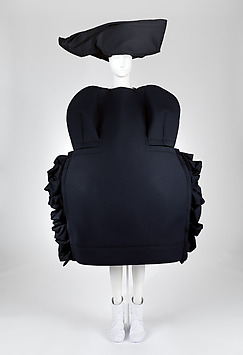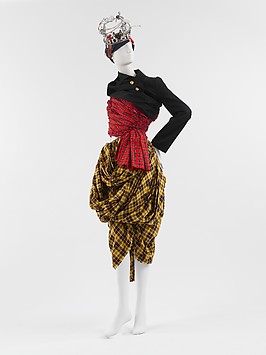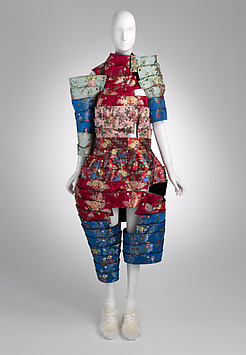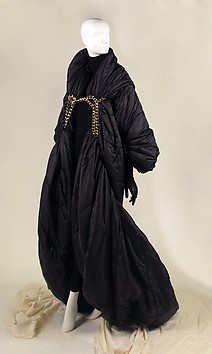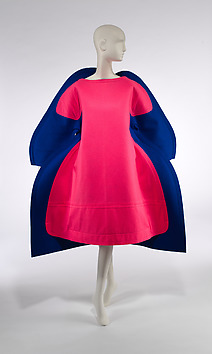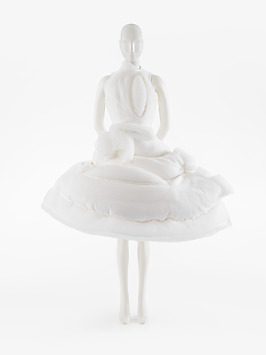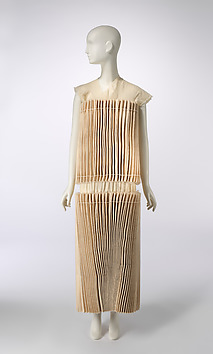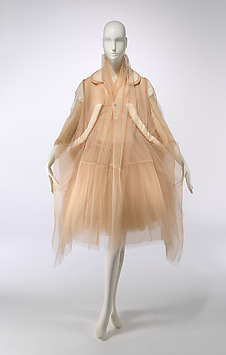The Musée des Beaux-Arts in Lille is home to one of the most impressive art collections in France, aside from the museums of Paris, but it is little known, and its treasures have remained largely unstudied. Originally part of a network of regional museums established in 1801 by Napoleon, through a fortuitous combination of historical circumstances, its geographical location, and the intercession of a handful of devoted patrons and gifted curators over the next century, the Musée des Beaux-Arts has evolved into one of the leading French art museums. Its splendid late-nineteenth-century building is currently undergoing renovation—an event that has provided The Metropolitan Museum of Art with a unique opportunity to borrow a selection of Lille's most important paintings and drawings and to present them to the American public. This volume, which complements that exhibition, is the first scholarly publication in decades to be devoted to the history of the Lille museum and to its collections. The nearly one hundred works of art included highlight over forty of the museum's celebrated paintings and about fifty examples from its remarkable drawings cabinet. Peter Paul Rubens and other Flemish painters are well represented because Lille was a Flemish city until 1667, when it was recaptured by France—Ruben's great Descent from the Cross was ordered by the Capuchin convent in Lille in 1617. Major French and Spanish paintings were acquired first under Napoleon and then by such outstanding curators as Édouard Reynart, who was Director of the Museum from 1841 to 1879. It was Reynart who encouraged the purchase of Delacroix's newly completed Medea About to Murder Her Children, Jacques-Louis David's Belisarius Begging Alms, and the pair of large canvases by Goya contrasting youth and old age (a detail of one of these, Time, is reproduced on the cover). There is also a special section of local Lille artists, and five sculptural reliefs, one of which is by Donatello. Many of the spectacular drawings in the Musée des Beaux-Arts were assembled by the Lille painter Jean-Baptiste-Joseph Wicar, a pupil of David and Napoleon's agent in Florence, and left to the city in 1834. Not only is the collection rich in examples by Raphael, Pontormo, and other Italian masters, but among the drawings by French artists are six preparatory studies, as well as the oil sketch, for Delacroix's Medea. Each of the works is discussed in an entry by a specialist at the Metropolitan Museum or the Musée des Beaux-Arts. Every text is accompanied by a full-color reproduction and often by color details or by black-and-white illustrations of comparative objects; many are shown in color for the first time. The book is introduced by a panoramic survey of the evolution of the modern museum by the eminent French cultural historian Marc Fumaroli. This is followed by an essay by Arnauld Brejon de Lavergne, Chief Curator of the Musée des Beaux-Arts, which explores key developments in the history and formation of its collections. Walter Liedtke, Curator in the Department of European Paintings at the Metropolitan Museum and author of most of the entries on the Dutch, Flemish, and seventeenth-century French paintings, provides a comprehensive overview of all of the European paintings in the Lille museum. William M. Griswold, Assistant Curator in the Department of Drawings at the Metropolitan Museum and author of the majority of the drawings entries, presents the reader with the full scope of the drawings collection in Lille. Full details of provenance, footnotes, exhibition history, and literature round out each catalogue entry, and, in addition, a List of Exhibitions, a Selected Bibliography, and an Index are included. Although addressed to an educated lay audience, this handsome volume will serve as a standard reference work for art historians and scholars alike.





